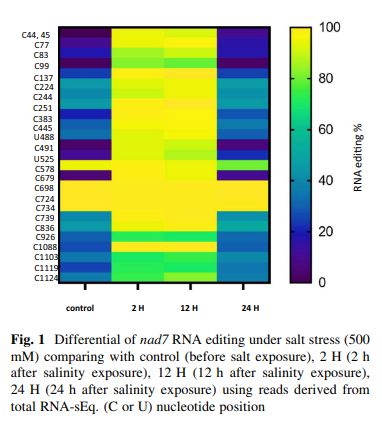
Support for increased cardiovascular risk in non-segmental vitiligo among Egyptians: A hospital-based, case–control study
Background: Data have been accumulating in the past few years that identify vitiligo as a disorder with systemic implications. Results and methods: In this hospital-based, cross-sectional, case–control study, 50 patients with non-segmental vitiligo and 50 age- and sex-matched controls underwent analysis of serum lipid profile, oxidative stress biomarkers and carotid duplex. Hydrogen peroxide (H2O2) and malondialdehyde (MDA) were significantly higher in patients than controls (p-value <.001, <.001, respectively); on the other hand, total antioxidant capacity (TAC) was significantly lower in patients than controls (p-value =.001). A significantly higher percentage of patients had hypercholesterolemia and borderline high, high or very high levels of LDL-C, compared to controls (p-value =.001 and.001, respectively). Atherosclerotic plaques and increased common carotid intima media thickness were significantly detected in patients versus controls. Discussion: Results of the present study suggest that a subset of patients with vitiligo are at a higher risk of developing dyslipidemia and atherosclerosis, which might increase their future risk for the development of cardiovascular disease. Confirmation of these findings would subsequently influence investigative and the treatment strategies in the management plan of vitiligo patients in the near future. Significance: Vitiligo patients might be at a higher risk of developing dyslipidemia and atherosclerosis, which might increase their risk for the development of cardiovascular disease necessitating prophylactic measures to improve prognosis. Our results might influence the investigative and treatment strategies in the management plan of vitiligo patients in the near future. © 2020 John Wiley & Sons A/S. Published by John Wiley & Sons Ltd


